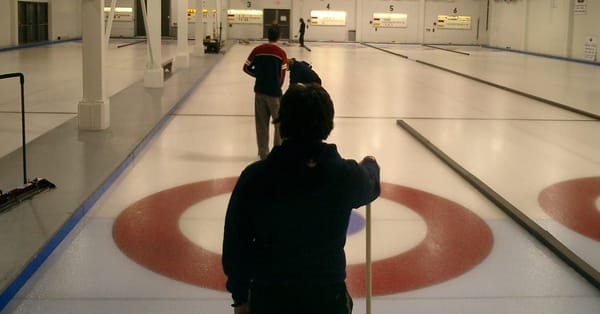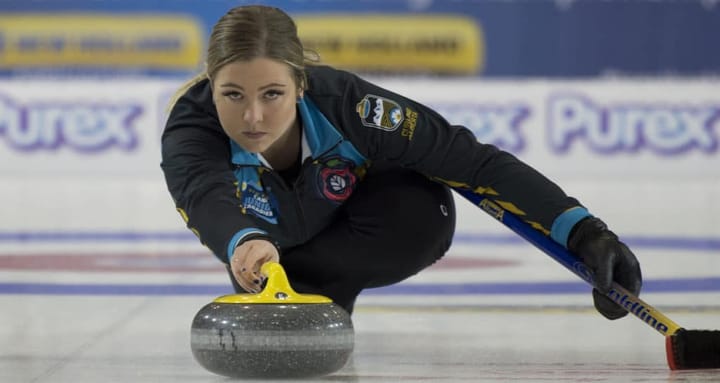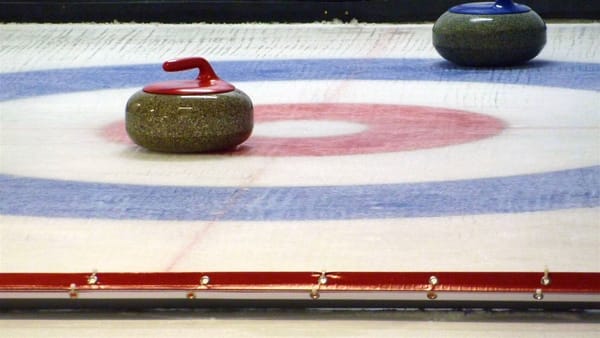Curling Strategy for Beginners

Curling is a sport that blends precision, strategy, and teamwork, making it both exciting and complex. For beginners, understanding the fundamentals of curling strategy is essential to improving your game. Here’s a comprehensive overview to help you navigate the basics and enhance your skills on the ice.
Focus on the Basics
Before diving into advanced strategies, the first step for beginners is to master basic shot-making skills. Consistency in executing your shots will lay a strong foundation for developing more complex strategies as you progress.
Key Strategic Concepts
The Hammer: In curling, the team that throws last in an end holds a significant advantage, commonly referred to as having the hammer. This advantage allows for better scoring opportunities, akin to serving in tennis or having the last at-bat in baseball. The team with the hammer can control the end’s outcome more effectively.
Playing with the Hammer: When your team has the hammer, the goal is typically to score multiple points, ideally two or more. To achieve this, you should place guards in front of your stones in the house, making it difficult for your opponents to remove them. You might also aim to force your opponents into making tough shots.
Playing without the Hammer: Conversely, if your team lacks the hammer, your strategy shifts to limiting your opponent's scoring. This involves forcing them to take only one point—referred to as a force—by making their shots more challenging. While stealing a point is possible, it often carries higher risk, especially early in the game.
Blank Ends: A blank end occurs when no team scores points during that round. Teams might intentionally blank an end to maintain control of the hammer for the next round, especially if they believe they can set up for a larger score later.
Shot Selection
Understanding the two basic types of shots—draws and takeouts—is crucial:
- Draws: A draw is thrown with just enough weight to land in a specific spot within the house, making it a more challenging shot.
- Takeouts: A takeout aims to remove an opponent's stone from play, which is typically easier than making a draw.
When selecting your shot, consider:
- Ice Conditions: How fast is the ice? Pay attention to how the stone behaves based on the ice's temperature, pebble texture, and the amount of curl.
- Current Score: Are you in a position where you need to take risks to score or play conservatively to limit your opponent’s points?
- Opponent's Strategy: Anticipating what your opponents might do helps you make informed decisions about your shots.
- Team Skills: Choose shots that align with your team’s strengths and weaknesses.
Communication and Teamwork
Curling is fundamentally a team sport, making communication essential. The skip, or team captain, plays a pivotal role in calling shots and indicating aiming points, but all players need to be on the same page.
- Signals: The skip can use hand signals to communicate shot types and weights.
- Sweeper Feedback: Sweepers provide real-time feedback on the stone's speed and trajectory, helping the skip make better decisions.
- Thrower Coordination: The thrower should be aware of when to release the stone based on the skip’s instructions.
Strategy Tips for Beginners
- Focus on Fundamentals: Prioritize consistent delivery and effective sweeping.
- Start Simple: Begin with easier shots, like throwing guards and takeouts, before attempting more complex maneuvers.
- Communicate Clearly: Ensure everyone on your team understands the game plan.
- Be Patient: Curling requires strategy and patience; don’t get discouraged if points are hard to come by early on.
- Have Fun: Enjoy the game! Curling is an inclusive sport that welcomes players of all ages and abilities.
Additional Considerations
- Mixed Doubles Strategy: This fast-paced format has its own strategies, with an emphasis on controlling the center of the house since only five stones are thrown per end.
- Arena Ice Challenges: Curling in arenas can be tricky due to varying ice conditions needed for different sports. This can affect the ideal conditions for curling, so be adaptable.
As you continue to gain experience, keep learning and refining your strategy. Watching experienced players in action—whether on television or live—can provide valuable insights. Curling is a rewarding sport with layers of complexity, and there’s always something new to discover. Happy curling!



